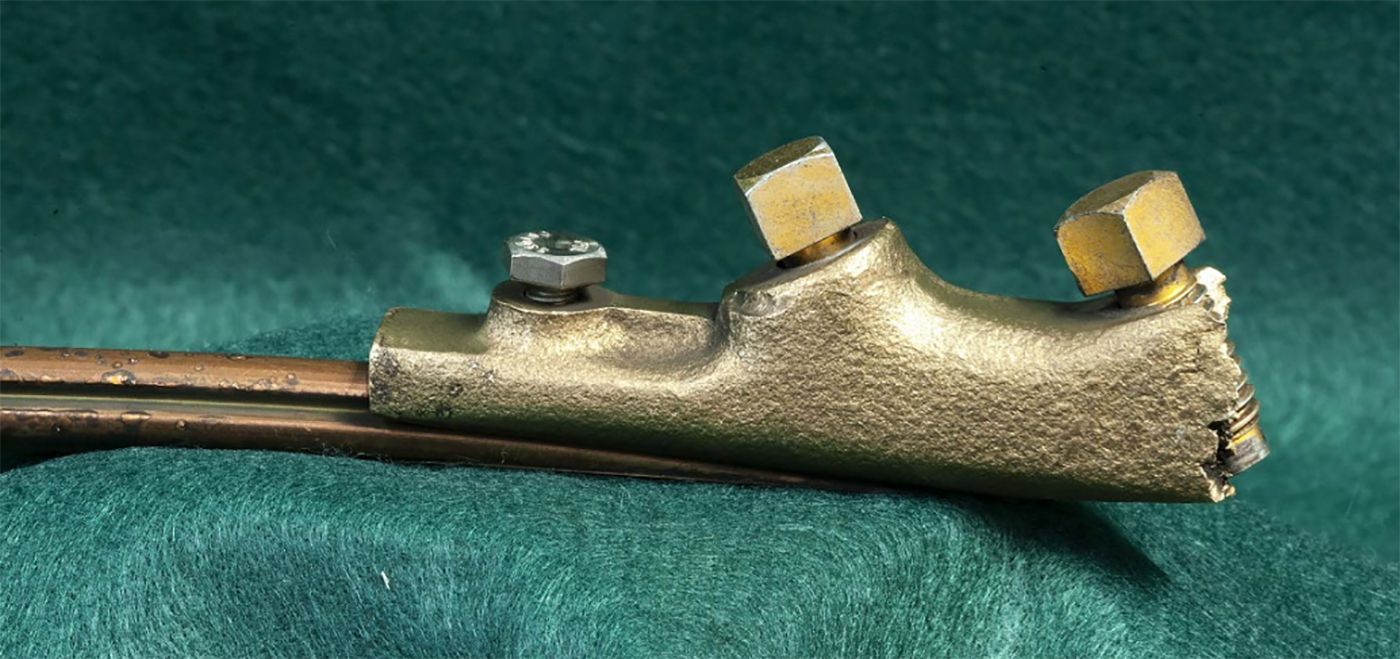On Tuesday, Muni staff gave a report to the SFMTA Board in which they explained why the Muni Metro system collapsed and shut down again last week after reopening for just three days — and why light-rail trains now won't be running again until next year.
As SFist previously reported, the Muni Metro system came back alive on August 22 with a host of new service changes that are meant to ease congestion in the core tunnel that serves downtown SF. Its first weekday back in service, Monday, August 24, brought twin disasters that led to the announcement the following day that the system would be shutting down again indefinitely, with buses once again replacing rail lines as they have since April.
The troubles were 1) two overhead wiring failures that led to the realization that wiring across the entire system needed to be rechecked and fixed, and 2) a train control operator in Muni's control center was diagnosed with COVID-19 and there aren't enough trained staff to replace those who had to quarantine.
The wiring failures are better explained now in the report presented Tuesday to the board. As the Examiner reports, Transit Director Julie Kirschbaum described how the two failures of metal splices — connectors that join two pieces of electrified wire — failed within 72 hours of the system restarting. The likely culprits were both substandard metal used in the manufacture of the splices, and increased tension on the wires caused by putting the full fleet of trains back in service. The latter, Kirschbaum admitted, could have been figured out had they run a more complete test prior to reopening.
These splices are extremely specialized parts that are specifically manufactured for San Francisco's Muni Metro system, and they are supposed to be stronger than the wires they connect. Metallurgic analysis of the failed splices found that they contained low silicon levels which led to low tensile strength, the report explains.
The splices look like this:

And here's one of the broken ones:

The first of these splices to fail happened over a year ago, back in April 2019, which caused a half-day outage across the Muni light-rail system that some of you may recall — that particular meltdown led directly to the resignation of former SFMTA Director Ed Reiskin less than a week later. But apparently the systemic problem with the metal parts was not discovered then, and Muni staff now says that it's not clear when the "first bad batch" of splices was introduced to the system. Muni has apparently been using the same splice design for over a decade.
The next steps are to survey the entire system, both underground and above ground, to determine which splices need replacing — which SFMTA Director Jeffrey Tumlin previously said would be coming from Switzerland rather than the American source they had been using. Procuring the replacement splices should take two months and cost $30,000, per the report. An emergency order for 200 of the splices was placed last week, and the agency expects to be replacing between 70 and 150 of them, with two to three hours of labor required for each replacement.
As the Chronicle reported, some SFMTA Board members were less than pleased with the pattern of system failures and what it seems to indicate for the future.
"I think you’re doing an excellent job troubleshooting," said Vice Chair Amanda Eaken, speaking to Kirschbaum, per the Chronicle. "I also just hope we don’t continue to find ourselves in this sort of learn-and-go and troubleshoot-as-we-go mode when the impact of that approach seems to be really disruptive for the public."
Both Kirschbaum and Tumlin tried their best to spin all of this as a positive.
"COVID is forcing @sfmta_muni to experiment, take risks and act quickly, as we struggle to serve #EssentialWorkers with gutted resources," Tumlin tweeted on Tuesday. "We took risks accelerating rail reopening, and I’m glad we did. We learned a lot." He explained further that, despite five months of total shutdown on the light rail system, Muni wasn't able to do extensive maintenance work because it "requires close contact" between workers, and they needed to wait until public health directives changed.
"Although we realize this is tremendously inconvenient to not have the trains operating right now, we are using this tremendous opportunity to fortify the system and get as much work done as possible," Kirschbaum said at Tuesday's meeting.
Tumlin also said, regarding the operations-control issue and the COVID-positive worker, they are working to create more redundancy there, training employees and potentially creating a second control center so that all trained systems operators don't have to be quarantined if one gets sick.
In the end, though, it means that normalcy with regard to riding the Muni Metro won't be returning until early next year at the earliest — and it's far from clear that all of this work will be completed by then. Meanwhile Muni continues losing money, and essential workers have to crowd onto buses during a pandemic, which are smaller spaces than the trains and arguably less safe.
Previously: Muni Train Service Halts Again Following Equipment Trouble, Key Personnel Testing COVID-Positive

